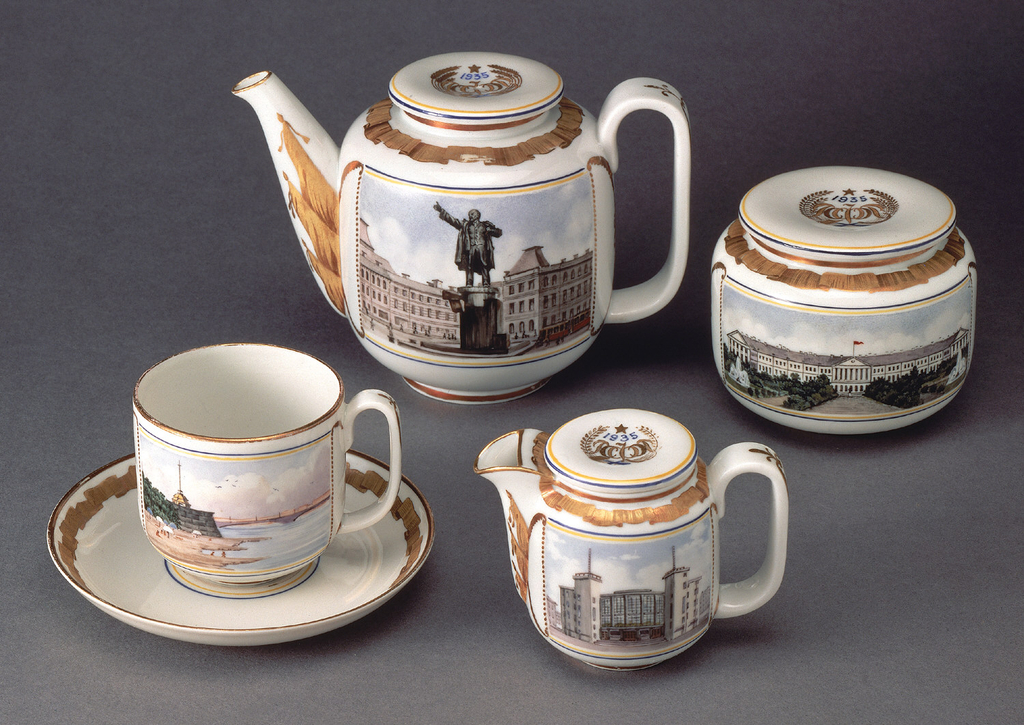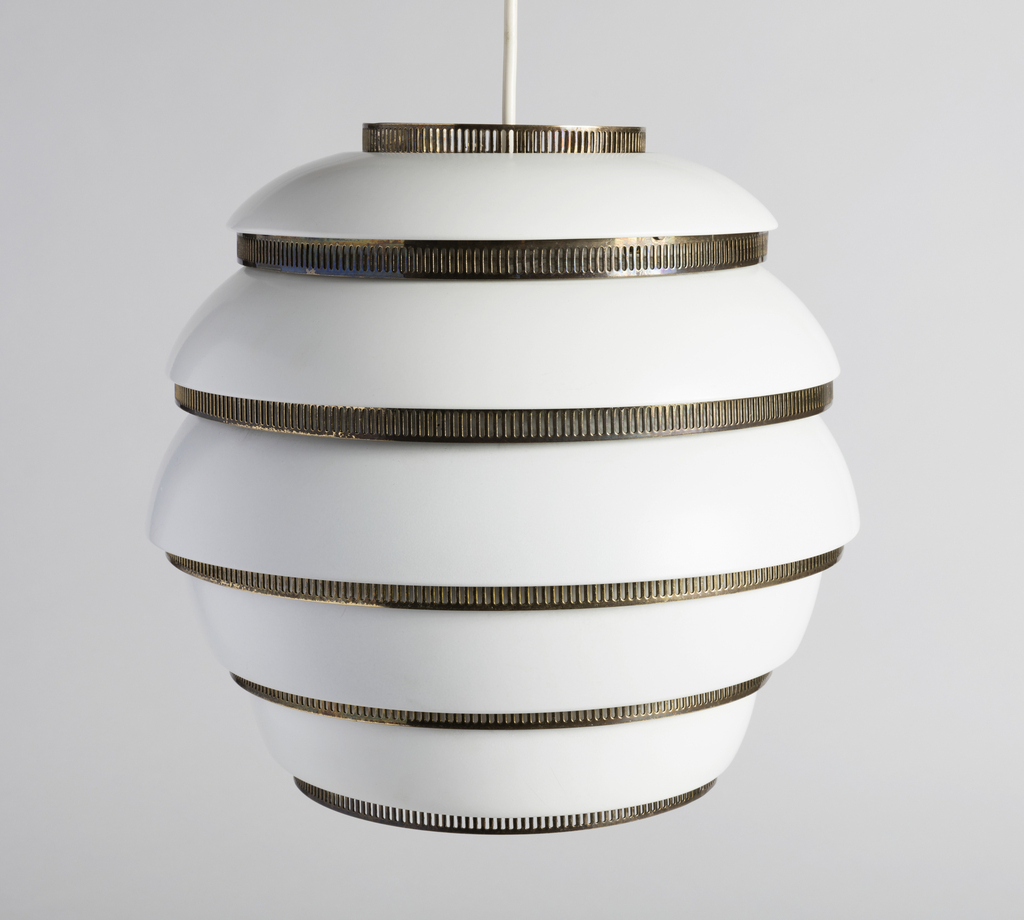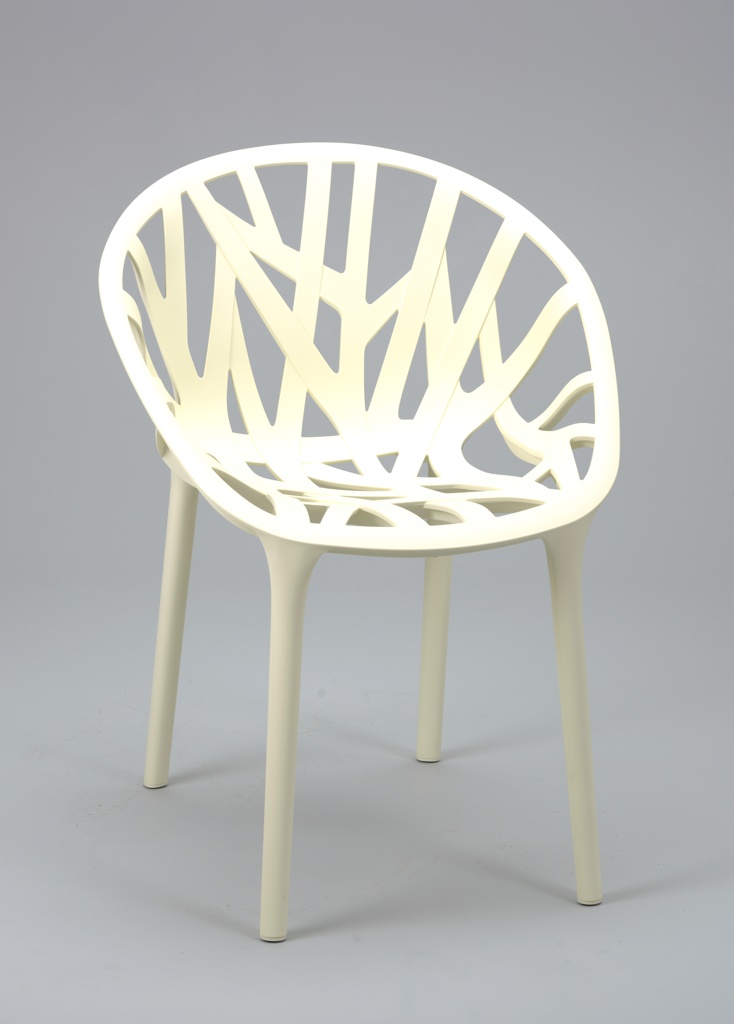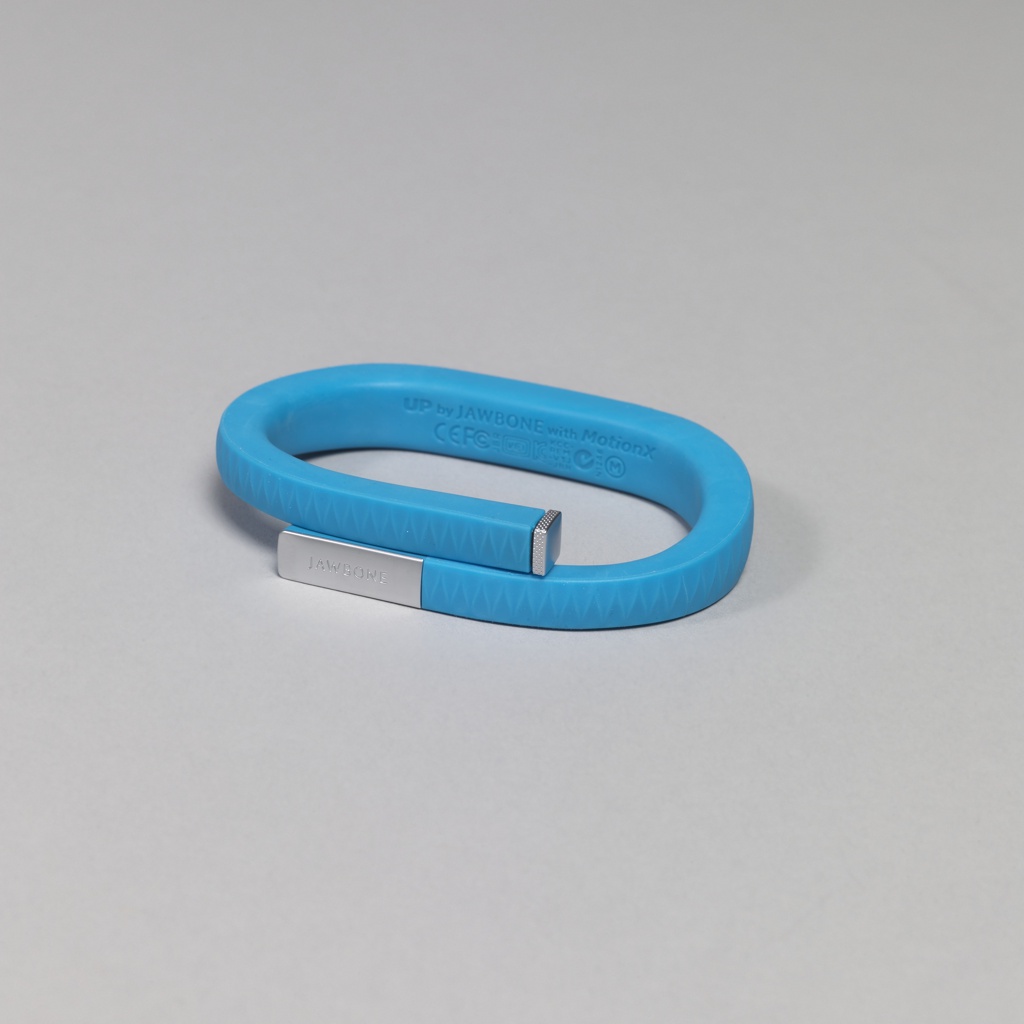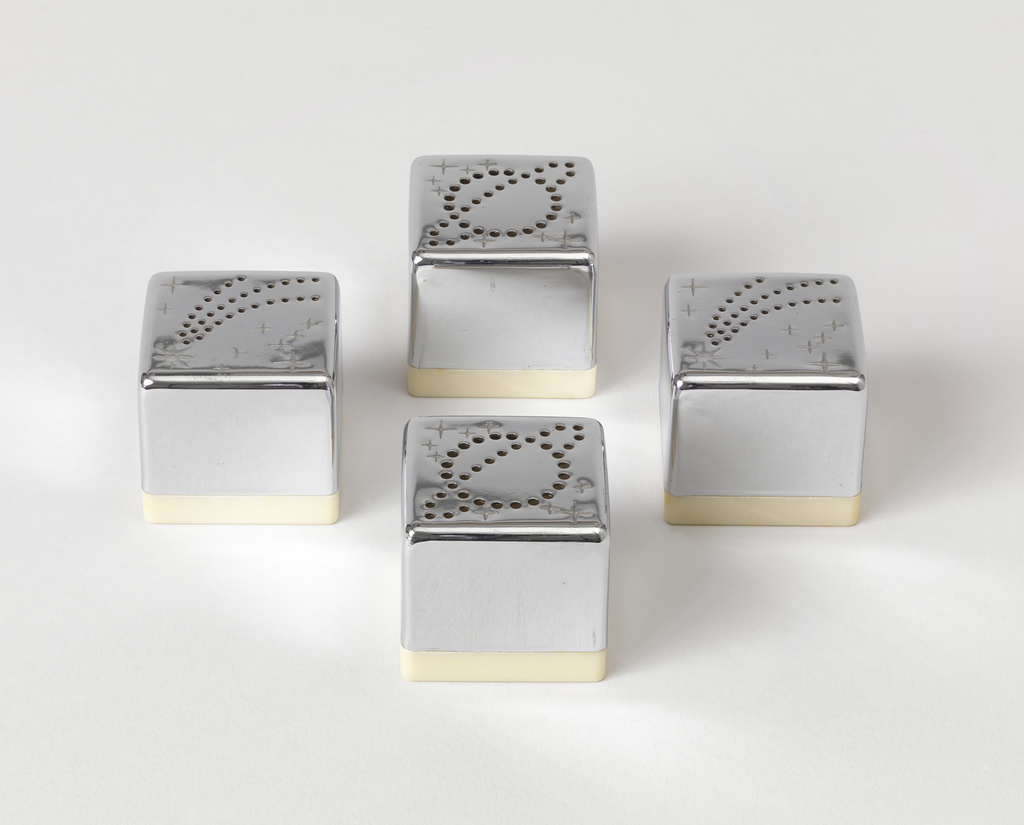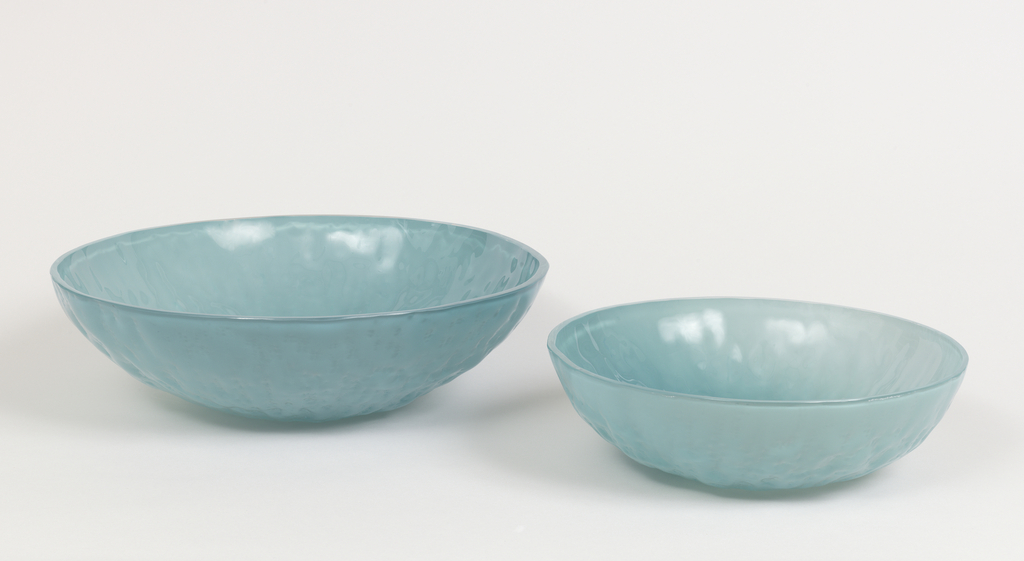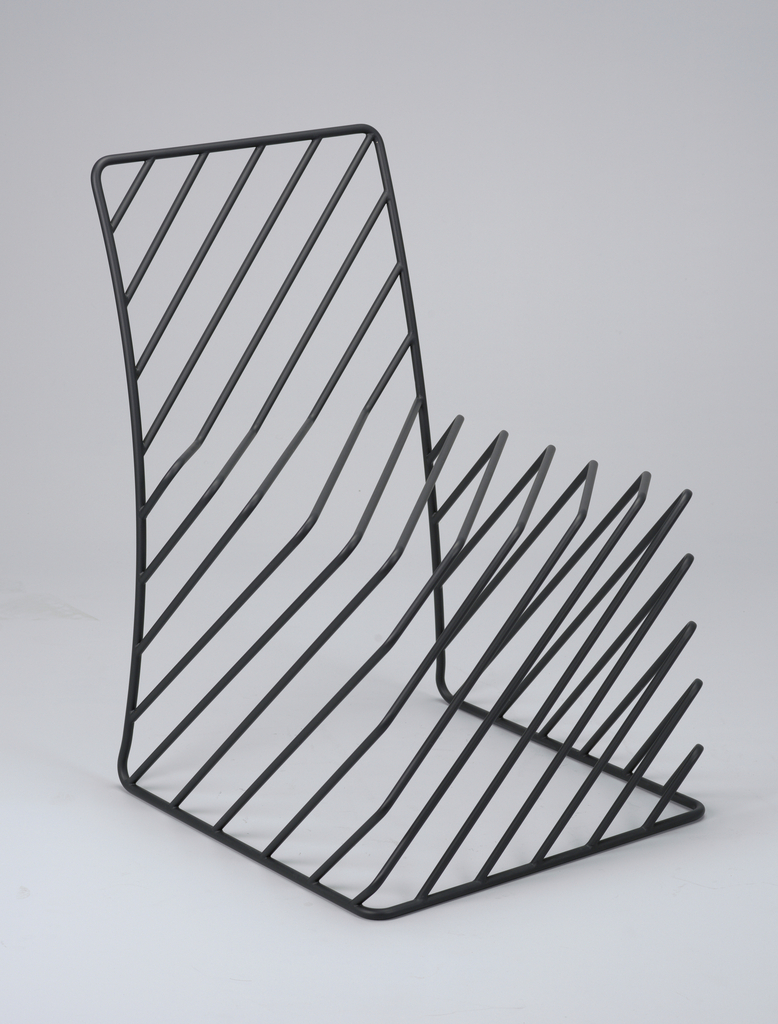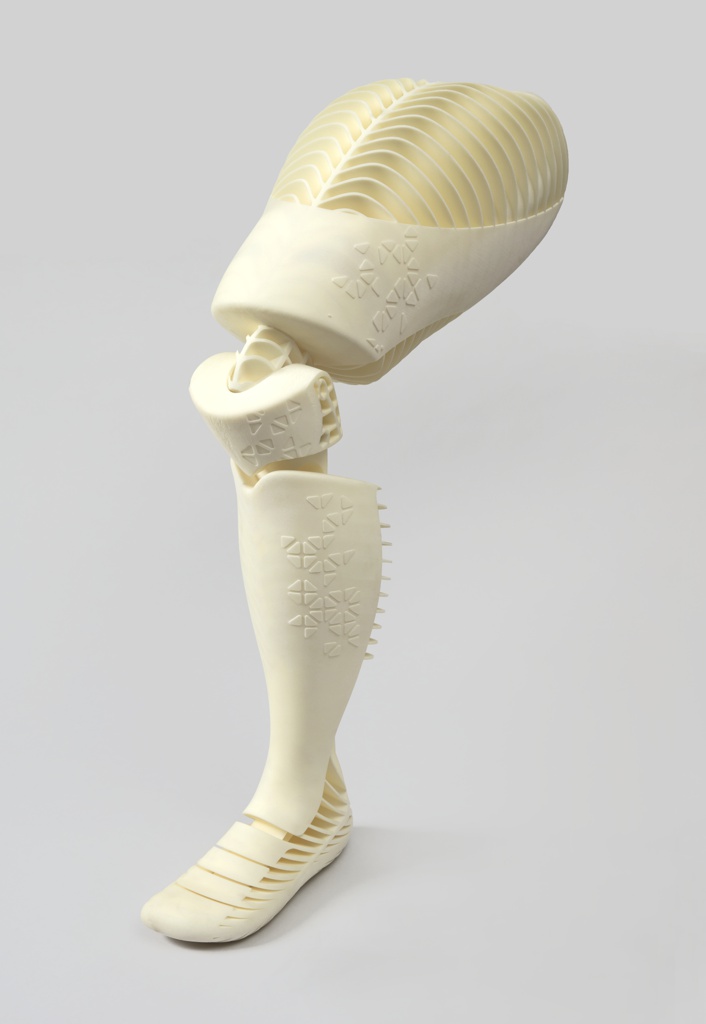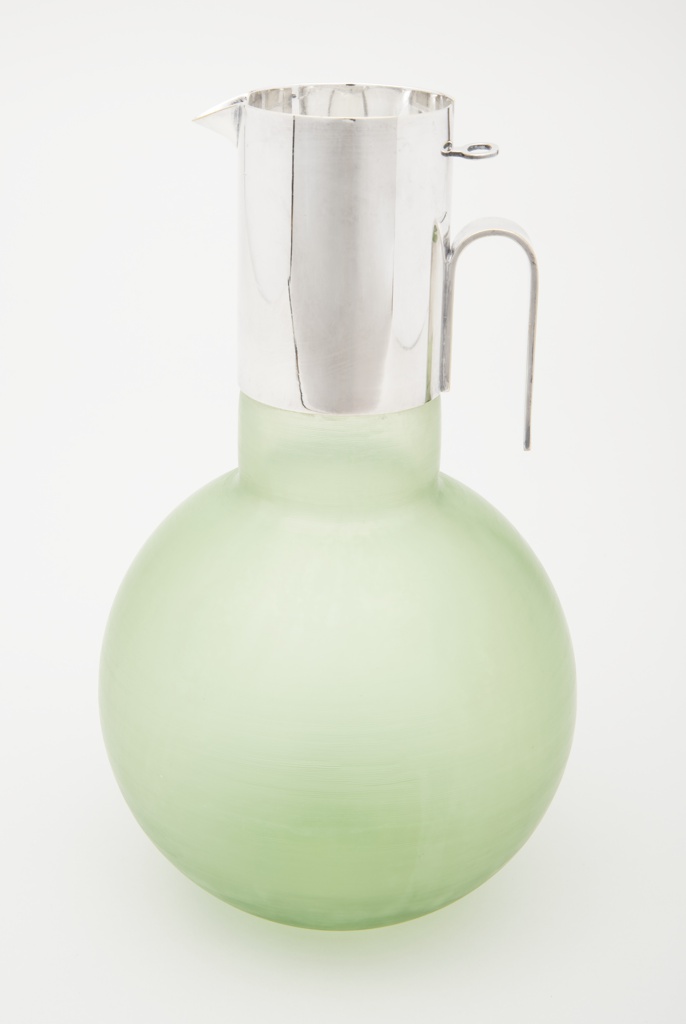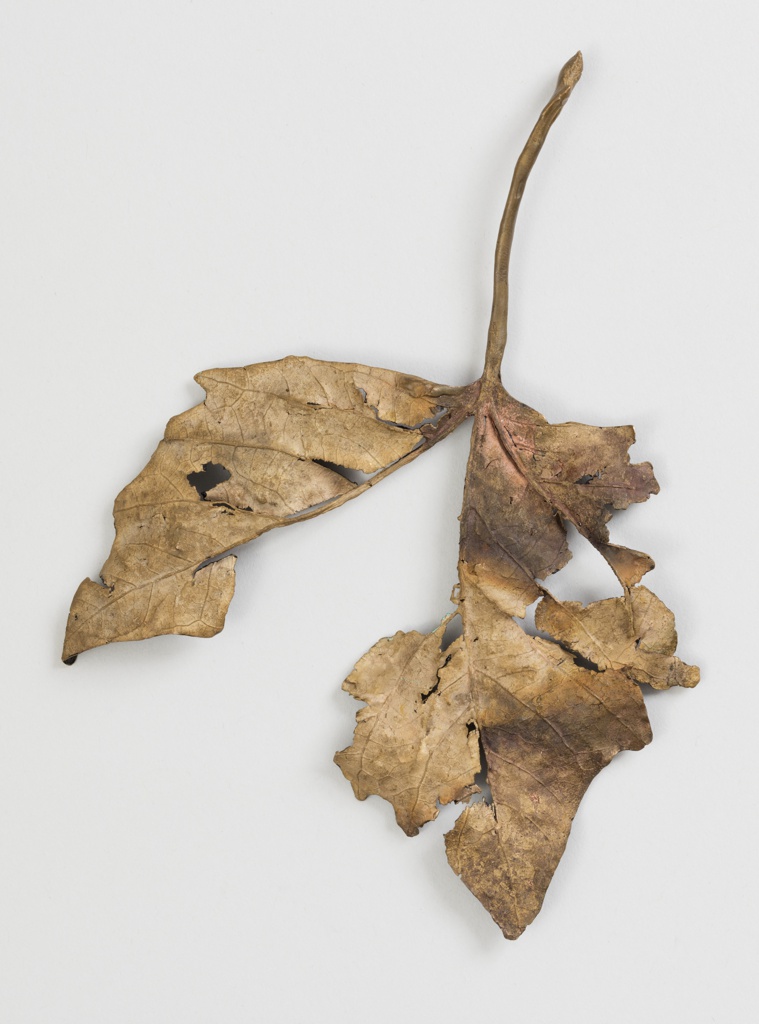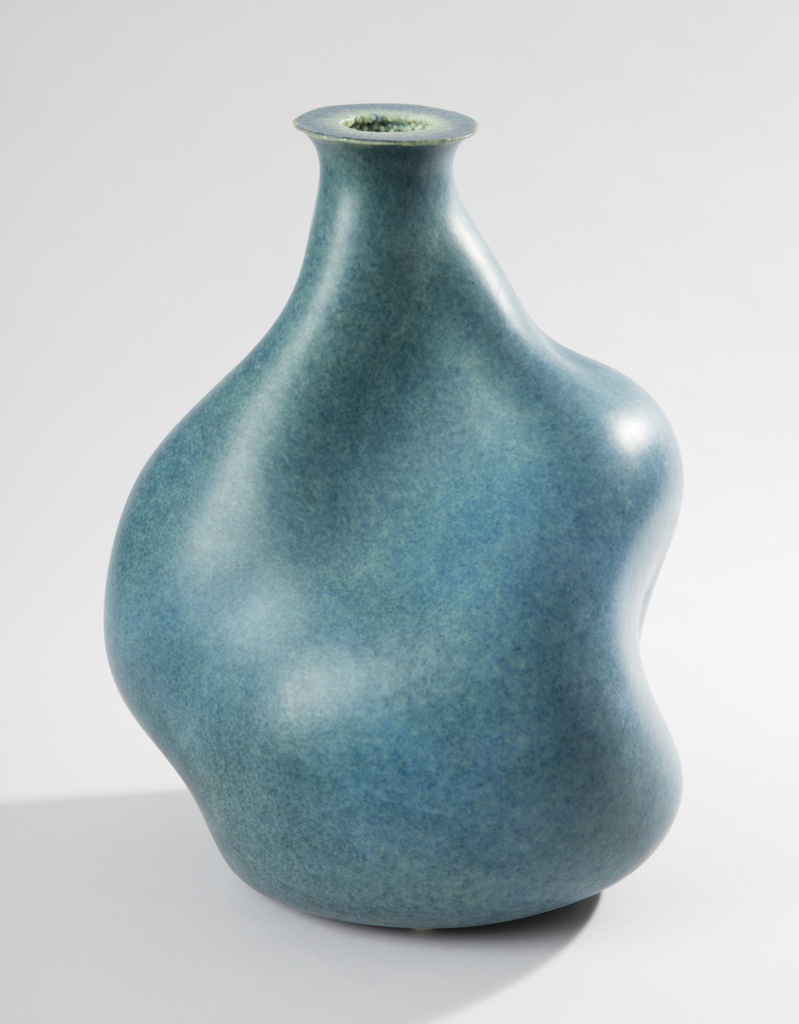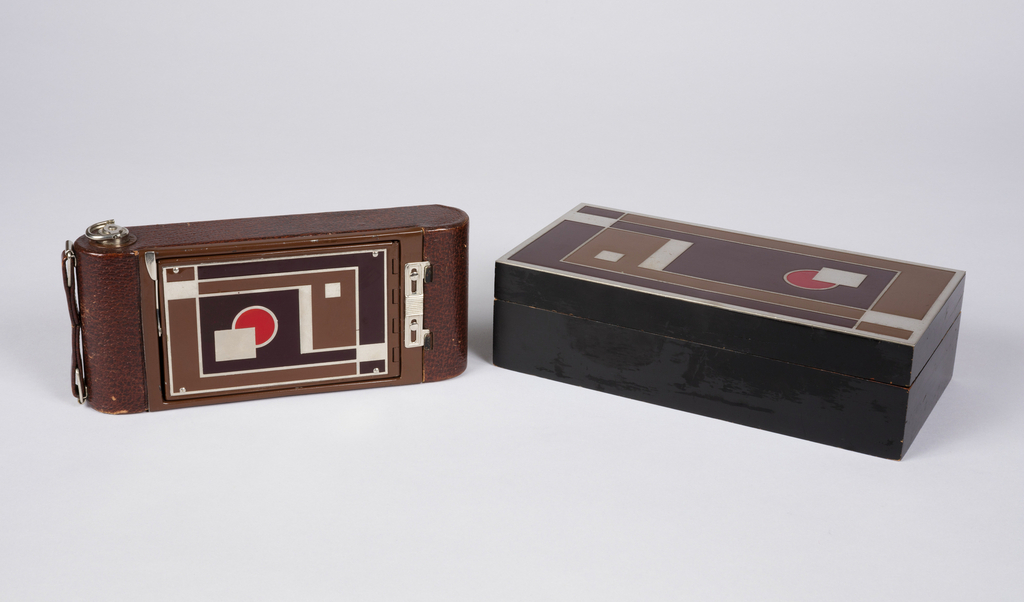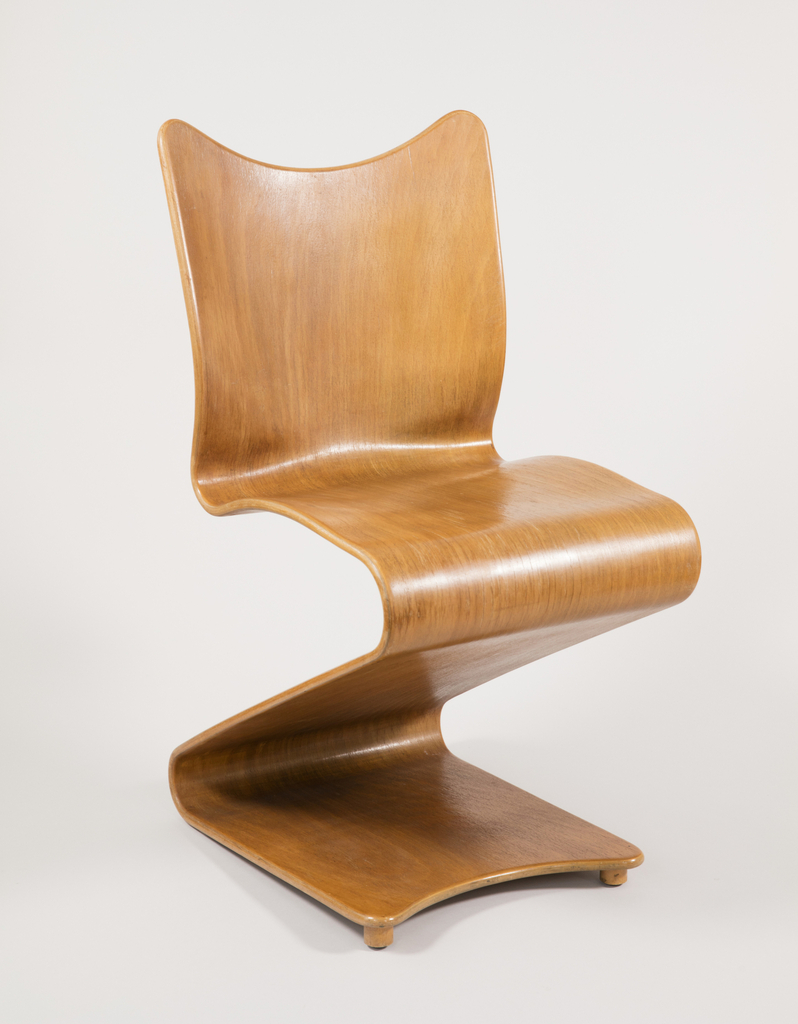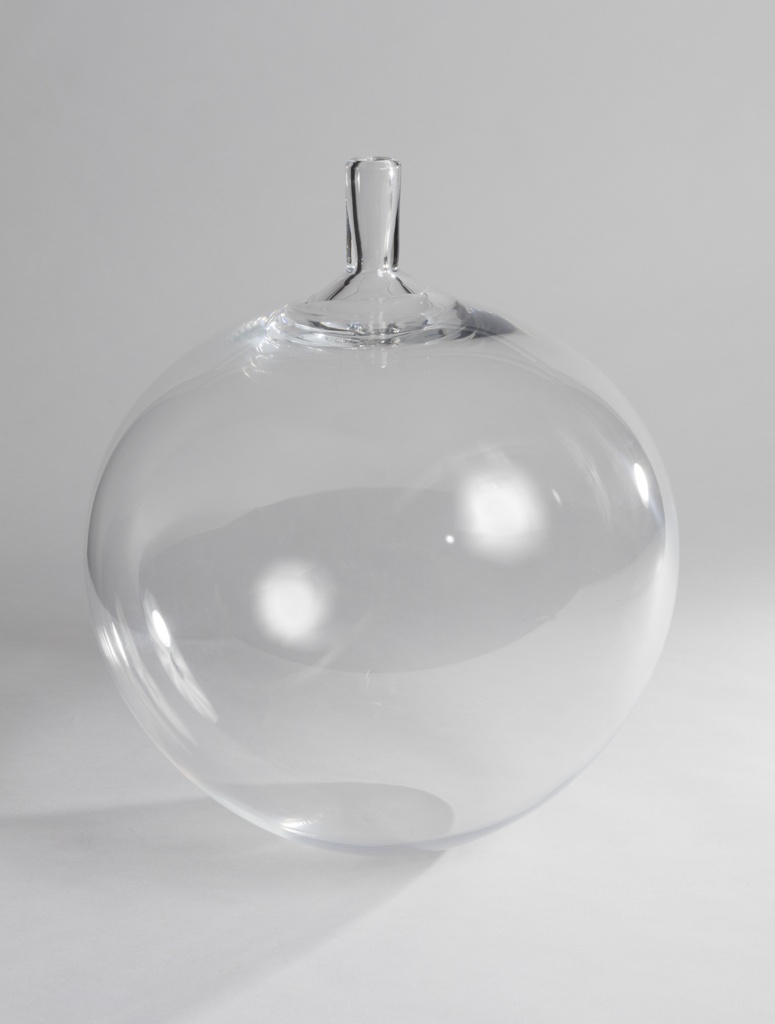Teri Greeves embellishes traditional woodwork with glass beads to celebrate her Kiowa culture and ancestry.
In celebration of National Design Month, October’s Object of The Week posts honor past National Design Award winners. A version of this post was published on November 13, 2012. Eva Zeisel, a major figure in twentieth-century industrial design, won the National Design Award for Lifetime Achievement in 2005. Although best known for her contributions to mid-century...
“A lamp… [is] always part of an environment…. When working on… public building[s], I noticed that such furnishings and appliances were necessary to create the right unity, and then I designed them. The fact that later on they can also fit in another environment is another story.”[1] Lighting had become a significant part of Alvar...
In the mid-2000s, designers (and brothers) Ronan and Erwan Bouroullec, came up with the concept of a chair that would “sprout up like a plant…with its branches gently curving up to form the seat and back.” They also took inspiration from historical seating, such as English cast iron garden benches, American chairs in the rustic...
Author: Carolyn Herrera-Perez With changes in digital technology occurring so rapidly, the discreet design of this wearable fitness tracker may well be forgotten in the coming years. In production from only 2011 to 2014, the Jawbone UP tracked the wearer’s steps, workouts, and sleep rhythms. An innovative product, it was the first fitness tracker styled...
The clean-lined geometric forms of these salt and pepper shakers show American modernism’s affinity for simplicity. During the 1930s the emergence of chromed metal, steel, and aluminum tableware coincided with the rise of modernist designs for everyday objects. These simple metal cubes were created with cost-effective manufacturing techniques, stamping and piercing, to create utilitarian and...
Innovative designer, Emilio Godoy, first came to the museum’s attention for his concerns about environmental sustainability, materials, and efficiency in production. His Pablo and Pedro glass project emerged from “the analysis of the energy used in glass manufacturing, in particular, the energy and resources needed for the fabrication of metal molds” used to form glass...
Not every chair immediately presents itself as a chair. Pared down to its basic components, this chair is a study in outline and form. It was part of design firm nendo’s first solo exhibition in England, at the Saatchi Gallery in 2010. Responding to the exhibition theme, “Outlines”, nendo created the Thin Black Lines series of...
This 3D-printed artificial limb prototype represents the use of innovative digital manufacturing technology to meet the enduring need for prosthetics, which has been experienced by individuals around the world and at all economic levels. This technology requires no medical specialists, only access to a tablet-based application and an easy-to-use scanner. This is of particular relevance to the...
Designer Massimo Vignelli was known for the sense of sophistication and refinement he brought to the product, graphic, and furniture design that he produced first in Italy, and later in the U.S. working with his wife Lella, also a designer. While a student at the School of Architecture in Venice, Vignelli learned about glass from architect and glass...
This bronze brooch by John Iversen, in the form of a delicate decaying leaf with all its ripples and tears, celebrates the variety, cycles, and even decline found in nature. Variations in the metal’s color and finish meticulously capture a dry leaf’s faded hues and brittle textures, heightening a sense of nature’s unpredictability and randomness....
Designers Rutger de Regt and Marlies van Putten, the principals of Handmade Industrials, are both inspired and concerned by today’s production processes that are increasingly driven by computers. They ask, are we reducing or removing the presence of human experience and experimentation in manufacturing? Are we losing touch with our environment—is it becoming increasingly artificial?...
Walter Dorwin Teague was a well-established industrial designer by 1928, when the Eastman Kodak Company, engaged him to modernize their line of cameras. Kodak sought Teague based on recommendations by curators from the Metropolitan Museum of Art. Having no prior experience in camera design, Teague undertook the assignment after Kodak agreed that he could spend...
Probably best known for his one-piece injection-molded plastic design, the Panton ‘S’ chair of 1960, designer Verner Panton was sketching ideas for one-piece, self-supporting, cantilevered stackable chairs made of a single material as early as 1955. Panton’s 275 S chair is the first one-piece cantilevered chair made of molded plywood. It was among his entries in the 1956...
For the nearly thirty years between 1947 and 1971, that Ingeborg Lundin designed glassware for Sweden’s Orrefors glassworks, her designs were prized for their originality, simplicity and grace. Founded in 1898, Orrefors originally manufactured bottles, window glass, and tableware. In 1914, the firm started to produce cut crystal, and by 1925 had become internationally renowned...

